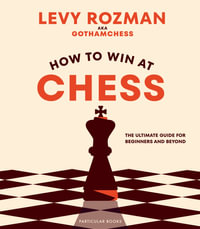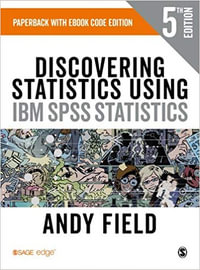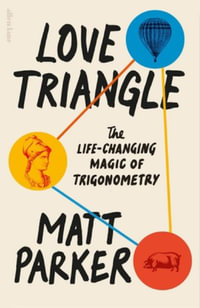Carl Friedrich Gauss, the "foremost of mathematicians," was a land surveyor. Measuring and calculating geodetic networks on the curved Earth was the inspiration for some of his greatest mathematical discoveries. This is just one example of how mathematics and geodesy, the science and art of measuring and mapping our world, have evolved together throughout history.
This text is for students and professionals in geodesy, land surveying, and geospatial science who need to understand the mathematics of describing the Earth and capturing her in maps and geospatial data: the discipline known as mathematical geodesy. Map of the World: An Introduction to Mathematical Geodesy aims to provide an accessible introduction to this area, presenting and developing the mathematics relating to maps, mapping, and the production of geospatial data. Described are the theory and its fundamental concepts, its application for processing, analyzing, transforming, and projecting geospatial data, and how these are used in producing charts and atlases. Also touched upon are the multitude of cross-overs into other sciences sharing in the adventure of discovering what our world really looks like.
FEATURES
* Written in a fluid and accessible style, replete with exercises; adaptable for courses on different levels.
* Suitable for students and professionals in the mapping sciences, but also for lovers of maps and map making.
Industry Reviews
"Map of the World: An Introduction to Mathematical Geodesy is organized, written and presented in an impressively accessible style that is replete with exercises -- making it highly adaptable textbook for curriculum courses on different levels. Especially and unreservedly recommended for students and professionals in the mapping sciences, Map of the World will prove to be an ideal and instructive source for non-specialist readers with an interest in maps and map making. While a critically important addition to college and university library collections, it should be noted for personal reading lists that Maps of the World is also available in a digital book format."
-Midwest Book Review
"This is a textbook covering mathematics applied to geodesy: the measuring and mapping of our ellipsoid spheroid earth that includes an overview of earth measurement and mapping back to remote times. The mathematics of describing the Earth through maps and geospatial data is covered from underpinnings to application. [. . .] This textbook, including some exercises (without solutions), is aimed at students and practitioners in geodesy, land surveying, and geospatial science. It is easy to see this as a reference work. [. . .] this is a concise review of the theory and development of coordinate reference systems."
-Tom Schulte, MAA Reviews
". . .(T)his text, by a geodesist (Vermeer) and a mathematician (Rasila), focuses primarily on the mathematics enabling map projections, coordinate systems, and transformation of three-dimensional coordinate representations, ranging from Euclidean to Reimannian geometries. Although the geometry is beyond what most geography students would need to address, the detailed mathematics offers a bridge for integration of collaborative teaching appropriate for upper-level mathematics and physics students, with applications to both cartography and geophysics. Each chapter concludes with exercises that provide an opportunity for learning the explicit mathematics behind the calculation presented. Interesting historical anecdotes about mathematicians and the evolution of geodesy are also included throughout. Students and readers of mathematics and geophysics as well as scientists working in the interdisciplinary area of geodesy will appreciate this book."
- Choice Review, C. A. Badurek, SUNY Cortland
























